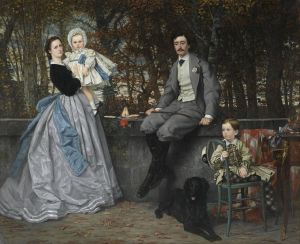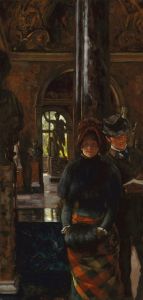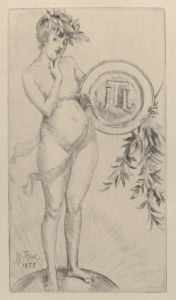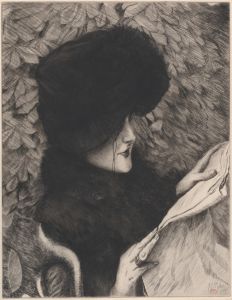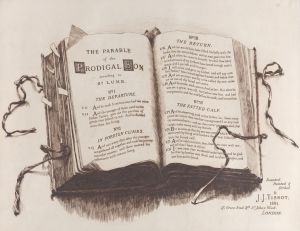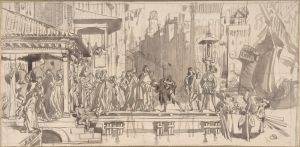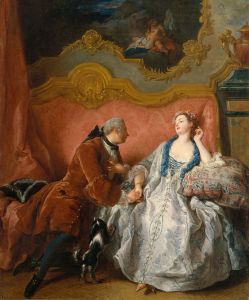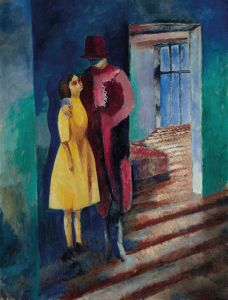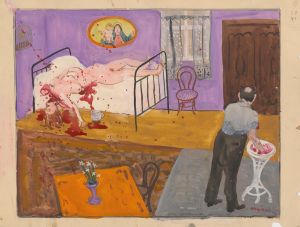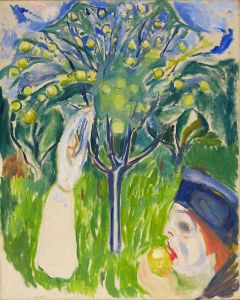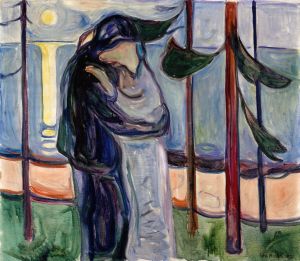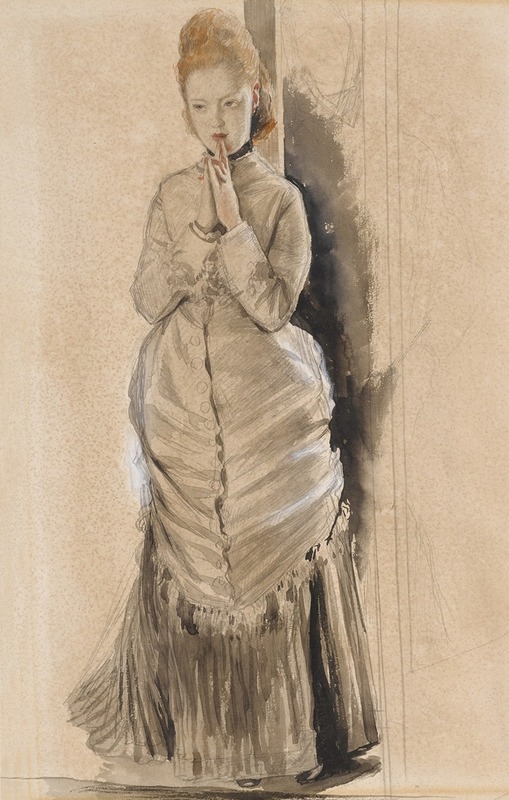
Study for The Proposal
A hand-painted replica of James Tissot’s masterpiece Study for The Proposal, meticulously crafted by professional artists to capture the true essence of the original. Each piece is created with museum-quality canvas and rare mineral pigments, carefully painted by experienced artists with delicate brushstrokes and rich, layered colors to perfectly recreate the texture of the original artwork. Unlike machine-printed reproductions, this hand-painted version brings the painting to life, infused with the artist’s emotions and skill in every stroke. Whether for personal collection or home decoration, it instantly elevates the artistic atmosphere of any space.
James Tissot, a French painter and illustrator, is known for his detailed and often narrative-driven works that capture the social nuances of his time. One of his notable works is "Study for The Proposal," which serves as a preparatory piece for a larger composition. Tissot's work often reflects the fashion, culture, and social dynamics of the late 19th century, and "Study for The Proposal" is no exception.
"Study for The Proposal" is a testament to Tissot's meticulous approach to composition and character study. Although the final version of "The Proposal" is more widely recognized, this study provides insight into Tissot's creative process. The artwork showcases his ability to convey emotion and narrative through posture, expression, and setting. Tissot was known for his keen observation of social interactions, and this study likely captures a moment of romantic or social significance, typical of his thematic focus.
The study, like many of Tissot's works, is characterized by its attention to detail and the use of light and shadow to create depth and mood. Tissot's technique often involved creating multiple studies and sketches before completing a final piece, allowing him to explore different aspects of the scene and refine his portrayal of the subjects. This method is evident in "Study for The Proposal," where the careful rendering of figures and their attire suggests a focus on authenticity and realism.
Tissot's work was influenced by his experiences in both France and England, where he spent significant periods of his career. His time in England, in particular, exposed him to the Pre-Raphaelite movement and the Aesthetic Movement, which emphasized beauty and detail, elements that are apparent in his studies and finished works. "Study for The Proposal" reflects these influences through its elegant composition and the subtle interplay of characters within the scene.
The study is also indicative of Tissot's interest in the themes of courtship and social rituals, common subjects in his oeuvre. His paintings often depict moments of personal interaction set against the backdrop of contemporary life, capturing the essence of the era's social fabric. Through "Study for The Proposal," Tissot invites viewers to engage with the narrative and speculate on the relationships and emotions of the figures portrayed.
While specific details about the exact date of creation or the current location of "Study for The Proposal" may not be widely documented, the piece remains an important part of Tissot's body of work. It exemplifies his skill in capturing the subtleties of human interaction and the societal norms of his time. As with many of Tissot's studies, it provides a window into the artist's process and the cultural context in which he worked, offering valuable insights into the late 19th-century art scene.





